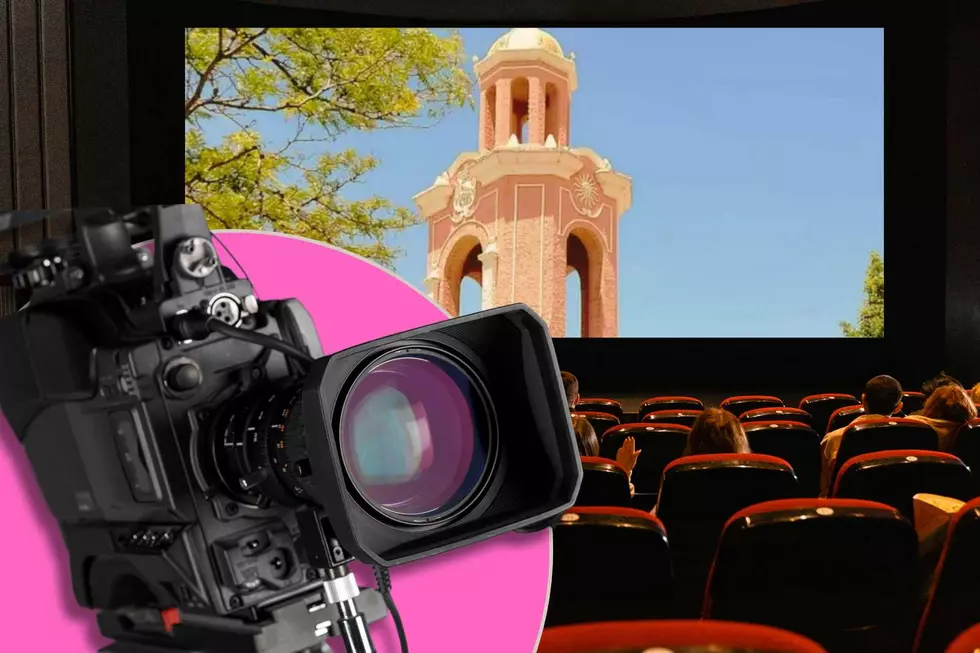
Last Chance to View the Dazzling Perseid Meteor Shower
In case you slept through your alarm clock, or just weren't able to pull yourself out of bed during the wee hours of last night to catch of glimpse of the Perseid meteor shower during it's peak, don't worry, you still have a chance to see it tonight!
Although the meteors are starting to diminish as the week comes to an end, astronomers say that stargazers will still have a pretty good chance of viewing a smaller light show during the dark night and early morning hours on Thursday, and possibly even Friday too. This is the most active meteor shower of the year, and at its peak, those watching have claimed to be able to see anywhere from 60 to 100 shooting stars in an hour. The Delta Aquarid meteor shower is also happening during this time, so with the overlapping of the two, you have an even better chance at seeing some amazing shooting stars.
So what are these brilliant flashes of light that you are seeing in the sky?
Every year around this time, Earth crosses the orbital path of the comet Swift-Tuttle, enabling us to witness the debris and bits and pieces of rubble that result from the comet slamming in to our planet's upper atmosphere at around 130,000 miles per hour. These bits of debris, which were originally ice and rock, are transformed into gas due to heat from the closeness of the sun, and are then ejected into the sky. What's interesting too, is that some of the meteors you see, have been floating around in space for centuries, having flaked off from the comet during one of its prior passes. The Perseid meteors often leave behind glowing trains of ionized gas, which you can often see streaking across the sky. The Delta Aquarid meteors are fainter than the Perseids, and typically spawn from southern skies, where the Perseids tend to come from the north and northeast, radiating from the constellation, Perseus.
The darker and clearer the sky is, the better chance you have of seeing the burning comets. Since there is no moon currently in the sky, it will be much darker, making this a perfect year for viewing the shower. The forecast for surrounding areas predicts it to be a clear night from 2 a.m. on, with just a small chance of clouds early in the night. Try finding a location that is away from street lights and has a open view of the whole sky, like a field or up at Horsetooth Reservoir. All you need is clear skies and a pair of eyes, as shooting stars can easily be seen by the naked eye, so it won't be necessary to bring a telescope or binoculars along, but you definitely could if you wanted to get a closer glimpse of the action. Shooting stars can fly at speeds of over several miles per second, so they can easily be missed if you're not paying attention. Be patient and keep your eyes peeled – good things come to those who wait.



